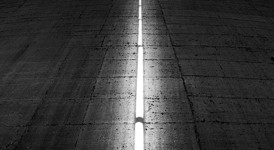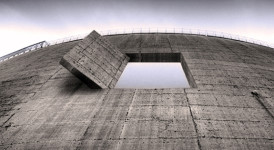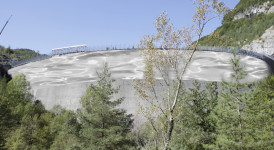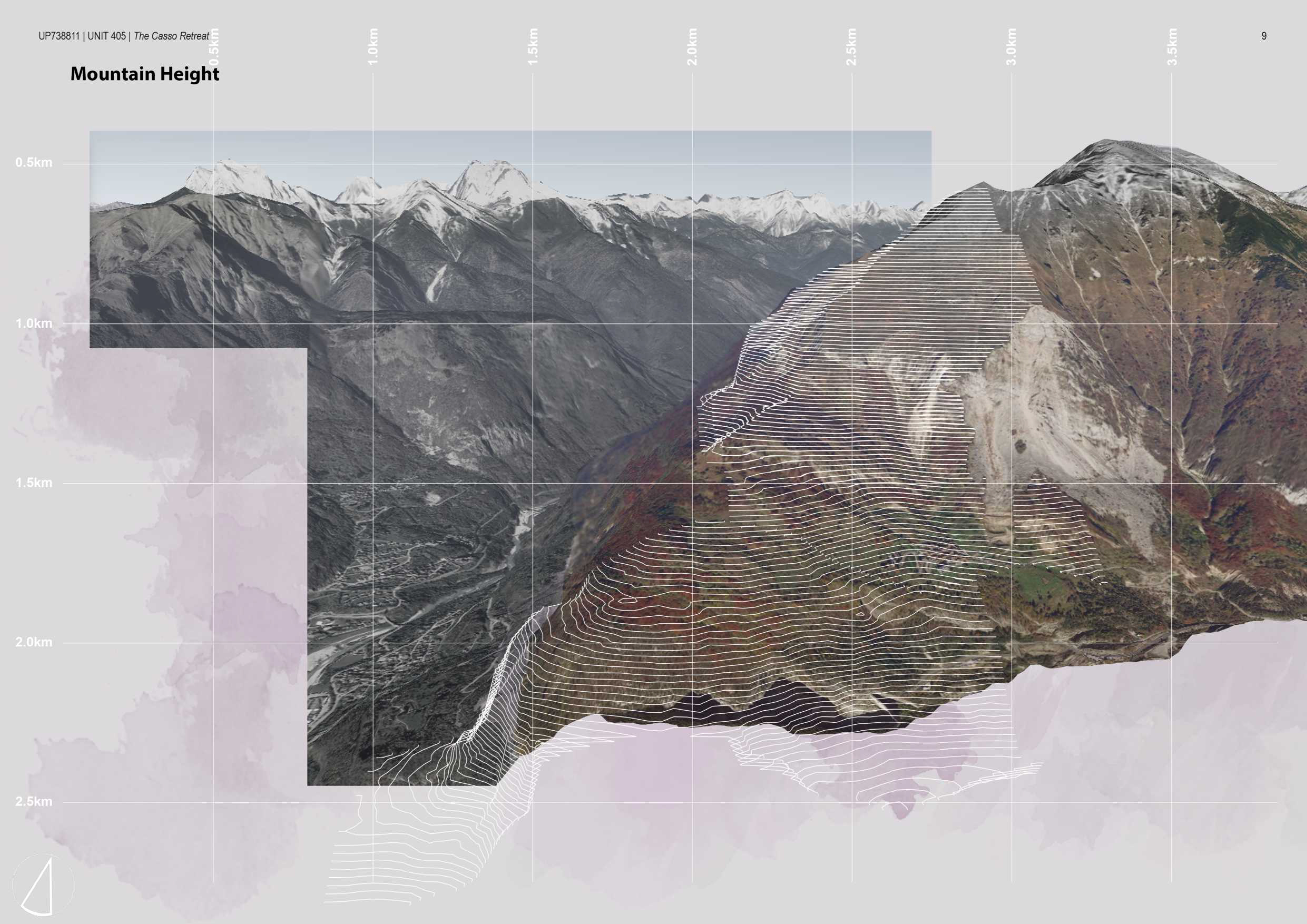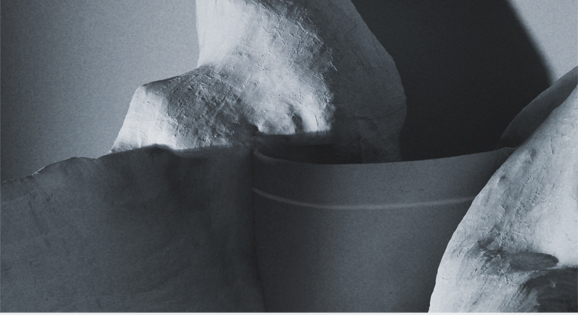
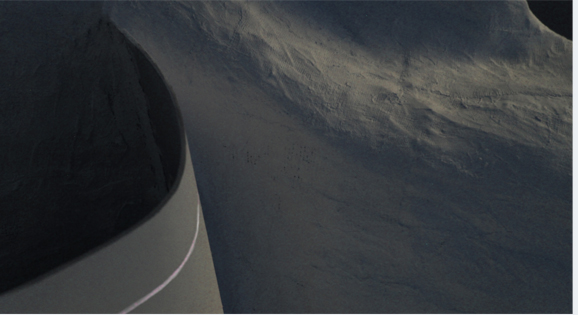
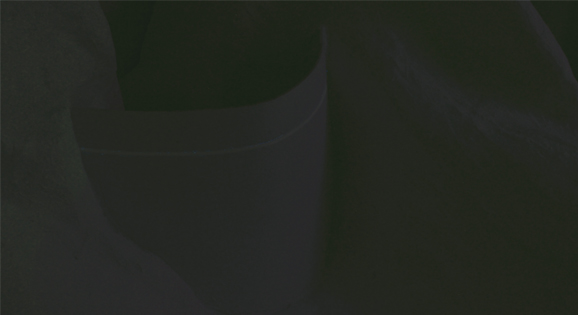
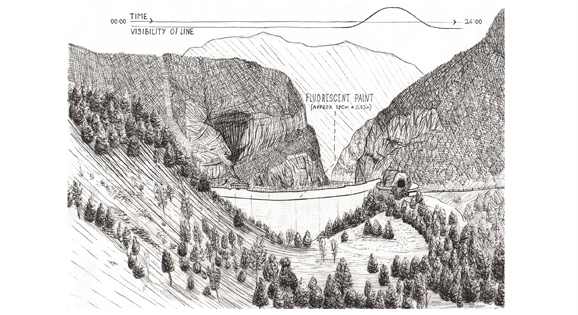
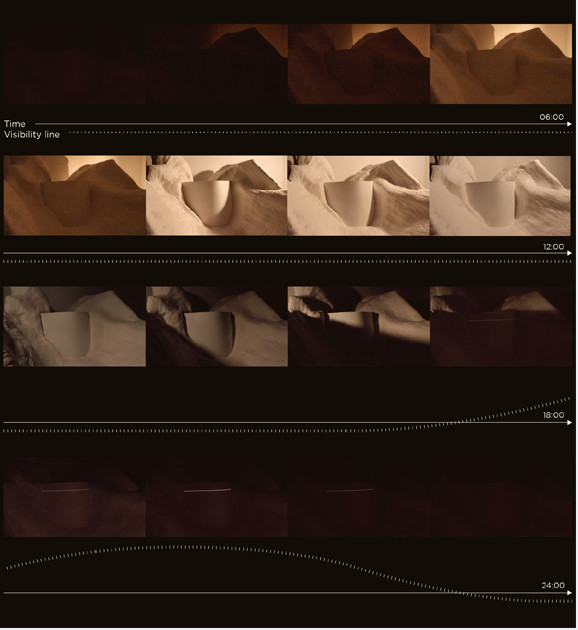
1. Analysis of the context of reference (area and history of the Vajont)
The vagueness of a line as the vagueness of a permanent, apparently unremovable object, the Vajont dam, which is blocked in between two mountains (the Monte Salta and the Monte Toc) and our minds. 51 years after the tragedy even nature still refuses the reconquest of the concrete dystopia and keeps the dam in an uncertainly waiting status as a metaphor for human audacity, madness and finally failure.
In the historic context of the construction of the dam, the lines (construction height and reachable water levels in the tests) were changed several times, even in 1963, like a progressively search for the summit of an imaginary mountain, to put the cross on top of it. The last line which the water level marked was approximately 20 meters under the edge; then, it was already too late to bring it back down in any way.
2. Description of the project and meanings
Our proposal takes the last, highest reached line of the water level and transforms it in a daily, fluently changing mark of fluorescent paint, which accumulates in an almost invisible way its strength with the help of the sunlight during daytime. Then, while the day slowly fades out, the line begins to gently reach its peak of visibility within the first hours of darkness. After that, the line will slowly fade out again. A movement, which day by day is repetitive and constant, like time passes away, but, with the passing of the seasons, subtly changes as well, like our stories and our dreams, the ones we had and the ones will have.
3. Technical information
An approximately 180m long and 63 cm thick line painted in fluorescent transparent paint.
–
1. Analisi del contesto (area e storia del Vajont)
La vaghezza di una linea come la vaghezza di un oggetto permanente, apparentemente irremovibile, la diga del Vajont, che è bloccata tra due montagne (il Monte Salta e il Monte Toc) e le nostre menti.
51 anni dopo la tragedia anche la natura ancora rifiuta la riconquista della distopia di cemento, e mantiene la diga in uno stato di incerta attesa come a metafora della audacia, follia e, alla fine, del fallimento umano.
Nel contesto storico della costruzione della diga, le linee, (altezza della costruzione e livelli di raggiungibili dell’acqua nei test) furono cambiati molte volte, anche nel 1963, come una ricerca progressiva della vetta di una montagna immaginaria, per metterci la croce in cima.
L’ultima linea che l’acqua abbia mai marcato fu approssimativamente a 20 metri sotto il bordo; allora, era già troppo tardi per abbassarla in alcun modo.
2. Descrizione e significati del progetto
La nostra proposta prende l’ultima, più alta linea raggiunta dal livello dell’acqua, e la trasforma in un segno di vernice fluorescente fluentemente variabile ogni giorno, che accumula in modo quasi invisibile la sua forza con l’aiuto della luce del Sole nelle ore giornaliere. Poi, mentre il giorno lentamente svanisce, la linea raggiunge delicatamente il suo grado massimo di visibilità entro le prime ore di buio. Dopo di che, la linea lentamente si affievolirà di nuovo. Un movimento che, giorno dopo giorno, è ripetitivo e costante come il tempo che passa, ma che cambia anche, in maniera sottile, con il passare delle stagioni, come le nostre storie ed i nostri sogni, quelli che ci abbiamo avuto e quelli che avremo.
3. Informazioni tecniche
Una linea lunga approssimativamente 180 metri e larga 63 centimetri dipinta con vernice fluorescente – trasparente.

 berlino/porto
berlino/porto
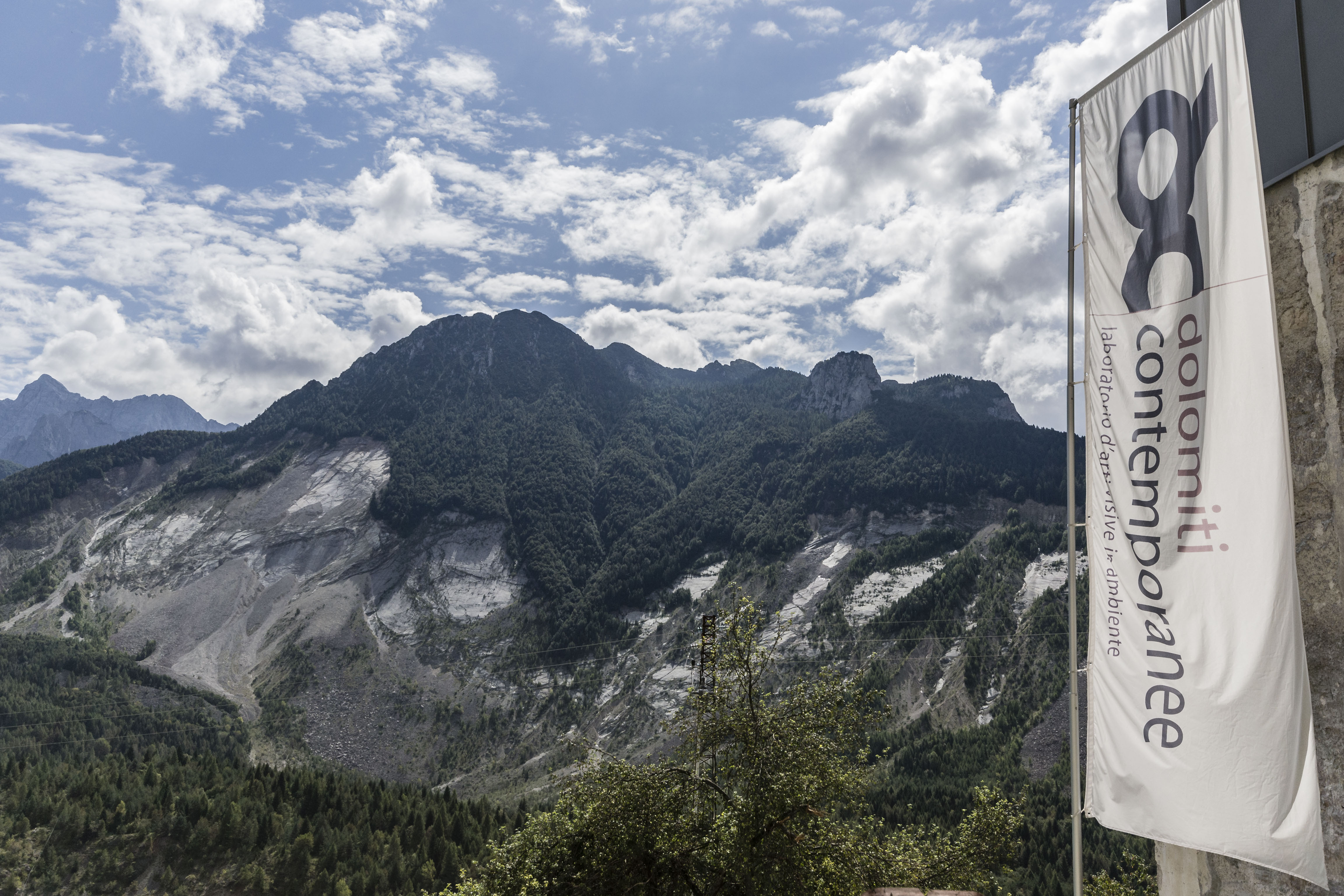
Tuesday, June 15th 2021, 2 – 4 PM, webinar panel:
two calls for vajont: fase _restart.
Vajont: [...]





